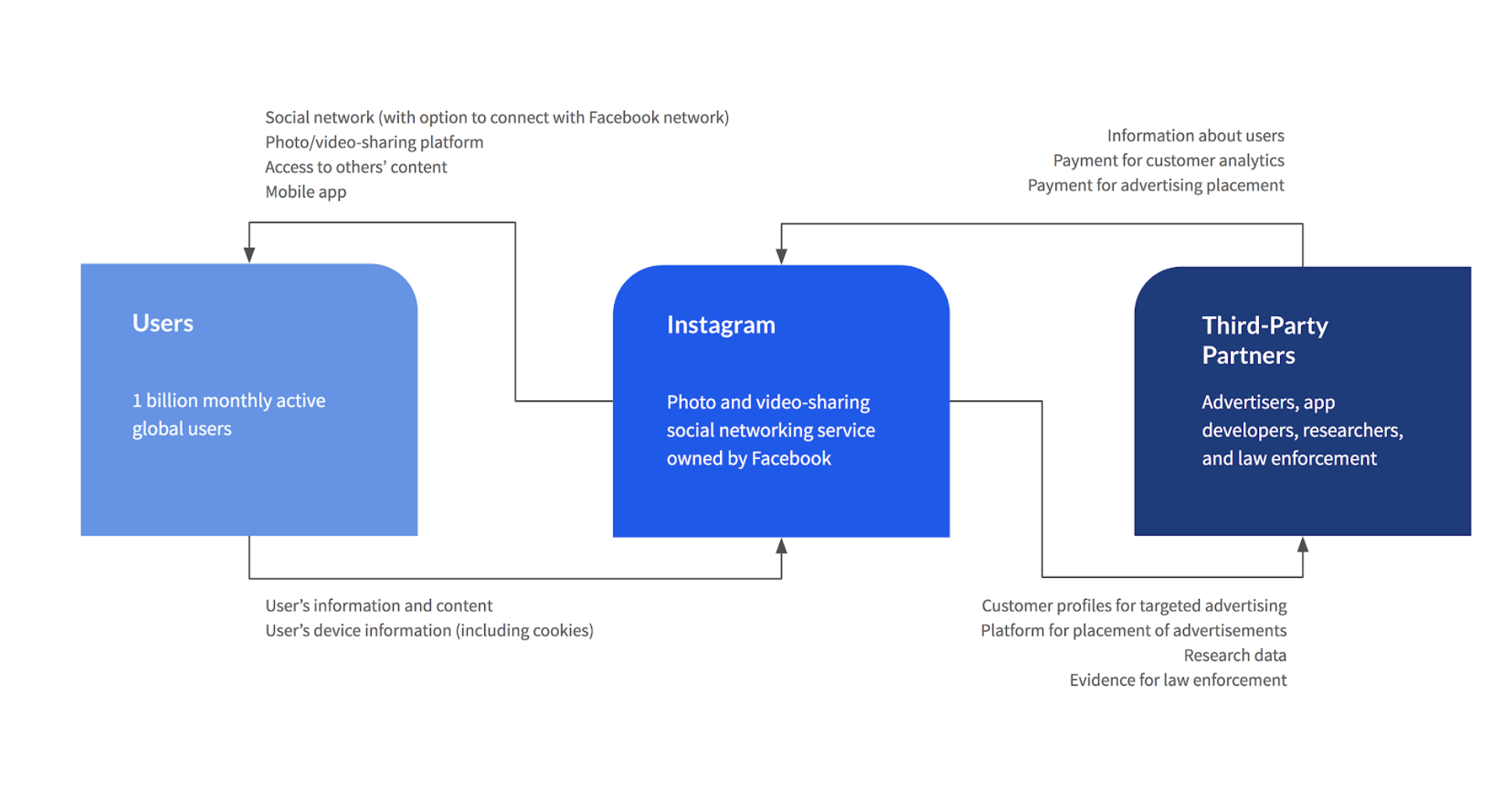ANNA JACOBSON

I am passionate about the evolution of decision-making, from data to information to insight to action - and I'm fascinated by the potential this process has to change the world around us.
LinkedIn | Behance | Medium | Flickr
The Value Exchange of the Digital Age
UC Berkeley | Behind the Data - Humans and Values
Anna Jacobson, Hanna Rocks and Jay Venkata
Project Description
A white paper on the legal and ethical dimensions of the changing terms of the value exchange between businesses and consumers in the 21st century, using Instagram, Fitbit, and Stitch Fix as case studies.
Skills
Research, Observational Study, Critical Thinking, Written Communication, Data Analysis, Data Visualization
Tools
Microsoft Excel
Motivation
In today’s media-saturated world, competition for the attention and loyalty of consumers is unprecedented. The digital age has brought new challenges for companies, but it has also created opportunities for new and creative ways of reaching and engaging customers. Carefully designed user experiences have been a very important driver for companies to target, interact with and attract consumers. However, while consumers value the incredible increase in products and services now available at the click of a button, they are often unaware of how companies are able to identify and collect their personal information to achieve mission and revenue goals. Businesses, on the other hand, are constantly navigating the poorly-defined boundary between personal privacy and staying ahead of consumer needs in a time when data is cheap and relatively easy to access. Invading personal privacy can cause long-term damage to a company’s brand, but not offering relevant, innovative products and services can similarly damage the business as a whole. Thus, striking the right balance between privacy and customized user experience is the holy grail for today’s market leaders.
To explore the balance between providing innovative products or services and jeopardizing personal privacy, we selected companies across three industries — Instagram for social media, Fitbit for hardware devices, and Stitch Fix for e-commerce — to see where the privacy boundary lies. We examine the relationships and exchange of money, products, and data among the users, the company, and applicable third parties to analyze how these businesses remain profitable in a time where consumers frequently expect more, for less (or for nothing at all).
See the complete project on Medium.



